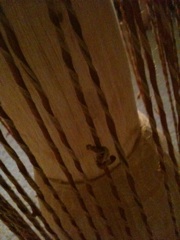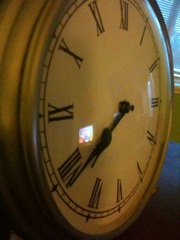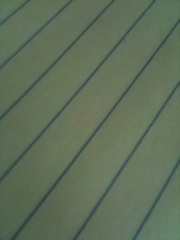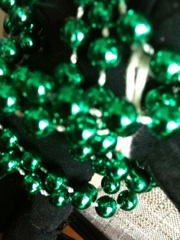The week has passed with Hemingway’s A Moveable Feast on the nightstand. I find myself going back to books about the early 20th century and the Americans who flocked to Europe when fall comes. Those writers and their romantic expatriate lives in the smokey, booze filled cafes in Paris are enough to make anyone pine for a time in which he did not and could not live. On this reading, one of dozens, the book speaks to me differently. I find myself wondering “how does the math work out?”
What a horrible thing to think while reading about Hemingway’s days spent working in and wandering around Paris at a cultural flashpoint. But it’s where my mind goes. How did he pay for all of it? There is mention of journalism and all of its sordidness. There was the selling of some stories. But how did it work? I’m sure I don’t know and just as certain that there is probably a piece out there that would tell me with little effort on my part but instead I close my eyes before bed and wonder how I would do what he did. At the time, he had a wife and son and so do I. Too much logistics and not enough inspiration.
This wasn’t why I picked up the book. The desire was to draw parallels between his way of working and mine. To try and find an appreciation for a man whose method and ethos I prize but whose work I have never been able to love. It’s something I come back to every now and again in the hopes that I might be able to make it work. I can feel the failure already, but reading it is its own reward. It’s wonderful to crawl inside someone else’s mind and watch their life unfold. Memoirs of artists are fascinating because of that explanation. It’s a window into the why and the how of the what.
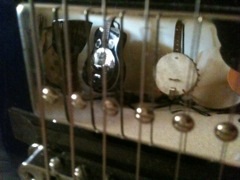
Paying for my overpriced cup of burnt coffee with the recharged gift card that I use to maintain my lunchtime coffee and sanity budget, I think about the “coffice” culture that has come along with the advent of portable computing. I remember studying in coffee shops and even sleeping in them occasionally in school, but with the arrival of the laptop and the ubiquitous corporate coffee, complete with wifi, the illusion of the cafe culture is almost a caricature of what I imagine those writers lived. But it’s a pale imitation to my mind. Patrons interact rarely. The tables for two usually seat one person and a bag. Faces lit by web browsers, email, and millions of social networking toys rarely glance at one another. I think of Hemingway laughing aloud at a memory and being looked at by the waiter. I wonder how often he engaged in conversation with other patrons. Or did he simply stick his face in his notebook or newspaper? I would like to think that we’re not all that far apart, but a nagging feeling tells me that I’m a far cry from some of those ideals though I may be closer to some.
There’s a wanderlust that comes when I read Hemingway. I wish from time to time that I could break out and roam the way he did and force the math to work. Grab my wife and son and rush off to Europe to be in the center of it all. Not that there is a center anymore. At least not like there was then. And it’s that kind of a center that I would like to experience at some point in my life. But I’m content as long as the work is getting done. My studio may only be a spare bedroom, but all things considered, I’ll take it over Paris.
An eighth song was added to my collection last night. I’m sorry to say that I’m getting quite attached to these songs and the way they flow together. I hope that someone enjoys them as much as I do, even if it’s not in the same way. The week of October 12th is the most likely release date.
